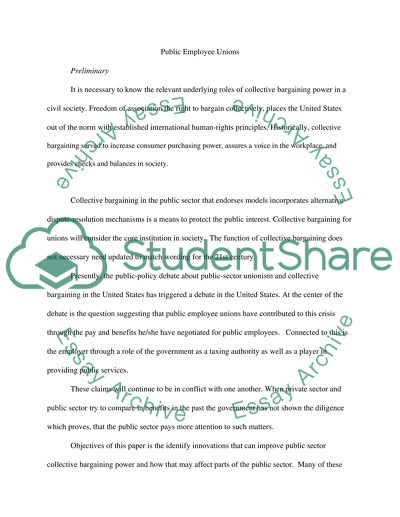Cite this document
(“Major Project Essay Example | Topics and Well Written Essays - 3750 words - 2”, n.d.)
Retrieved from https://studentshare.org/environmental-studies/1417758-major-project
Retrieved from https://studentshare.org/environmental-studies/1417758-major-project
(Major Project Essay Example | Topics and Well Written Essays - 3750 Words - 2)
https://studentshare.org/environmental-studies/1417758-major-project.
https://studentshare.org/environmental-studies/1417758-major-project.
“Major Project Essay Example | Topics and Well Written Essays - 3750 Words - 2”, n.d. https://studentshare.org/environmental-studies/1417758-major-project.


